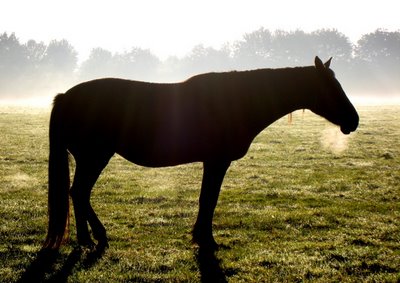
In the mornings, the mist is often thick over Port Meadow. The herds of horses and cattle come into soft focus as I walk the dog. The sun is low on the horizon, making the most ordinary objects glow. Only in Oxford can swans flying over a river be called ordinary.
The misty landscape is a reflection of my mind as I try to find NOT CRICKET (A MATCH FOR EVE). First there are the characters, shifting in and out of focus and teasing me at the periphery of my vision. Sometimes I think I see them clearly, but other times they fade away.
In my latest version of S.A.D., I decided my protagonist needed a personality makeover and changed her name from Agnes Wolfe to Haley Swan. Time in England is affecting even my American book although Swan is a Maine name. I try to be true to my settings.
The plot is pure fiction. It keeps changing like a folktale passed down through generations. The essential message stays the same, but the story shifts in details and in structure almost organically.
The plot is key to commercial fiction as it drives the narrative. It’s tricky to create a story that keeps the reader turning pages but also resonates on a deeper level. I like to keep the narrative open for as long as possible so as to explore the many paths. A story that doesn’t surprise me won’t surprise you.
As important as thinking is reading. Some books I read for research and others for writing inspiration. I have just finished a most lovely novel, Per Petterson’s Out Stealing Horses, translated from the Norwegian by Ann Borne. It is not long, and the prose is simple, but it says so much with so little. It breaths between the words.
A coming-of-age story, Out Stealing Horses explores the relationship between a fourteen-year-old son and his enigmatic father. The beautiful, raw setting roots the characters and frames the narrative. It is a small community in the northeastern woods of Norway. The narrator is an older man, looking back on a disturbing and formative summer shortly after WWII. When I finished, it was like saying goodbye to a close friend. I miss his voice.
Another story that relies heavily on setting is Ann Patchett’s new release, Run. It takes place close to home in Boston and Cambridge where I attended university. Patchett is one of my favorite authors, and her last novel, Bel Canto, was too good to match. In her latest novel she looks closely at a family and the effects of race and class. Her characters are so real you feel you know them. Run was helpful for me to read because it is set in winter like my first two novels.

Popham Beach, Maine in December
So many authors set their Maine stories in the summer, possibly because they only vacation there. For year-round residents, Maine is defined by its long winter and unpredictable storms. It is what makes living up north unique and special. Don’t get me wrong, nothing beats a Maine summer, but you feel like you’ve earned it after surviving the winter and appreciate it the more.
As it rains and the leaves turn brown instead of flaming red and gold, Maine feels far away. Still, I have to admit that I may be quite happy to see daffodils in February for a change. When I leave Oxford, I will dream about horses in the mist.

1 comment:
You may be looking at an old version of my blog if you entered through a keyword search or images.
On Jan 6, 2008 my blog address changed:
http://blog.sarahlaurence.com
Click on that link to see my latest posting and all archives. You can copy the link to your favorites/bookmarks.
Post a Comment